Discover 10 hidden attractions, cool sights, and unusual things to do in Fairmont (United States). Don't miss out on these must-see attractions: Prickett's Fort State Park, Jefferson Street, and Valley World of Fun. Also, be sure to include Marion County Courthouse in your itinerary.
Below, you can find the list of the most amazing places you should visit in Fairmont (West Virginia).
Table of Contents
Prickett's Fort State Park
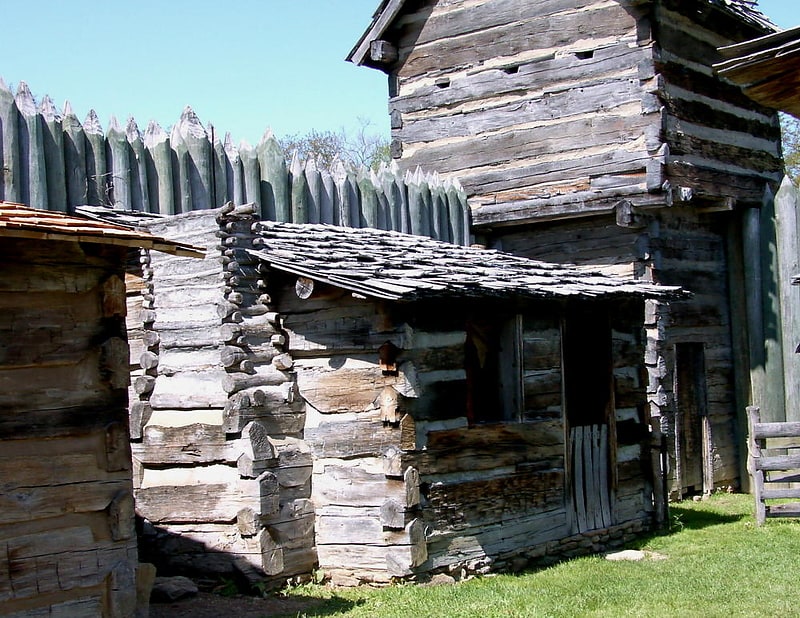
State park in Marion County, West Virginia. Prickett's Fort State Park is a 188-acre West Virginia state park north of Fairmont, near the confluence of Prickett's Creek and the Monongahela River. The park features a reconstructed refuge fort and commemorates life on the Virginia frontier during the late 18th century.[1]
Jefferson Street

Arch bridge. The Robert H. Mollohan-Jefferson Street Bridge, also known as the Million Dollar Bridge or High Level Bridge, is located in Fairmont, Marion County, West Virginia. It was dedicated on May 30, 1921. This bridge connects east and west Fairmont, and crosses the Monongahela River. It was listed on the National Register of Historic Places in 1991.[2]
Valley World of Fun
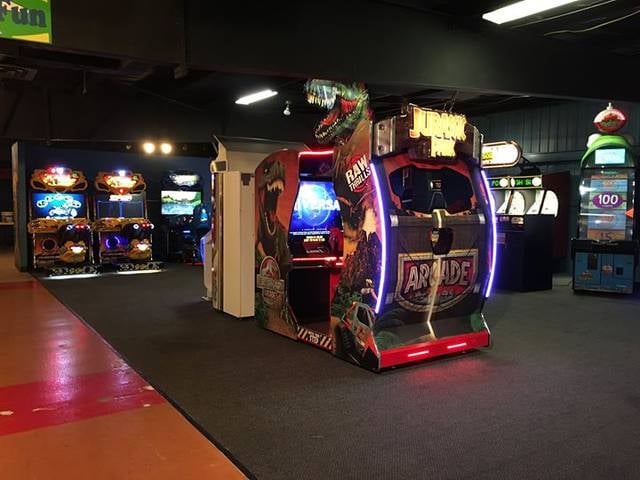
Nature, Natural attraction, Theme park, Amusement park, Valley
Address: 2017 Pleasant Valley Rd, 26554-9295 Fairmont
Marion County Courthouse

Building in Fairmont, West Virginia. The Marion County Courthouse is a Beaux-Arts style building in Fairmont, West Virginia, in the United States. The courthouse was constructed from 1897 to 1900, and was designed by the architectural firm of Yost & Packard of Columbus, Ohio. Its dome is topped by a figure carrying the scales of justice.
The courthouse, located at the intersection of Adams and Jefferson Streets in downtown Fairmont, and the adjacent American Foursquare-style sheriff's residence, were jointly added to the National Register of Historic Places in 1979 for their architectural, artistic and governmental significance.[3]
Address: 211 Adams St, 26554-2861 Fairmont
Heston Farm

Winery, Food and drink, Event space, Park, Distillery, Relax in park
Address: 1602 Tulip Ln, 26554-9488 Fairmont
Thomas W. Fleming House
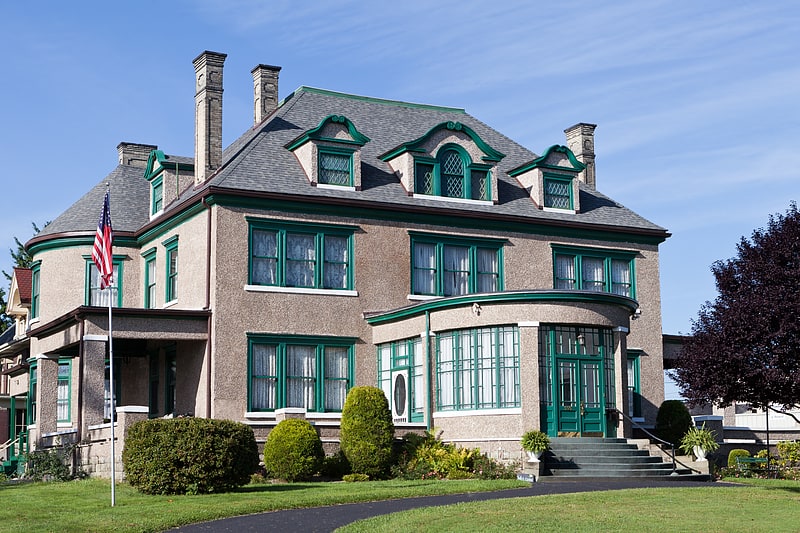
Building in Fairmont. Thomas W. Fleming House, also known as the Clubhouse of the Women's Club of Fairmont, is a historic home located at Fairmont, Marion County, West Virginia. It was built in 1901, and is a 2 1/2-story, "U"-shaped, stucco masonry building in a Colonial Revival / Beaux-Arts style. It has a rectangular central block that is joined at the rear by two short wings. It features rounded, glass-enclosed entrance solarium. It became the clubhouse of the Fairmont Woman's Club in 1938. Its builder, Thomas W. Fleming, served two terms as mayor of Fairmont and was elected to the House of Delegates in 1905.
It was listed on the National Register of Historic Places in 1979.[4]
Address: 300 1st St, 26554-2803 Fairmont
Jacobs-Hutchinson Block

Jacobs-Hutchinson Block, also known as Peoples' National Bank and Friendly Furniture Store, is a historic commercial building located at Fairmont, Marion County, West Virginia. It was built in 1902, and is a five-story commercial structure with a basement and a flat roof in the Renaissance Revival style. It is a steel column and beam structure, sheathed with pressed brick, blue stone, and terra cotta. It rests on a stone foundation. It measures 92 feet by 80 feet deep and 84 feet high. The building has housed department stores, a bank, a furniture store, and law offices.
It was listed on the National Register of Historic Places in 1995.[5]
High Gate
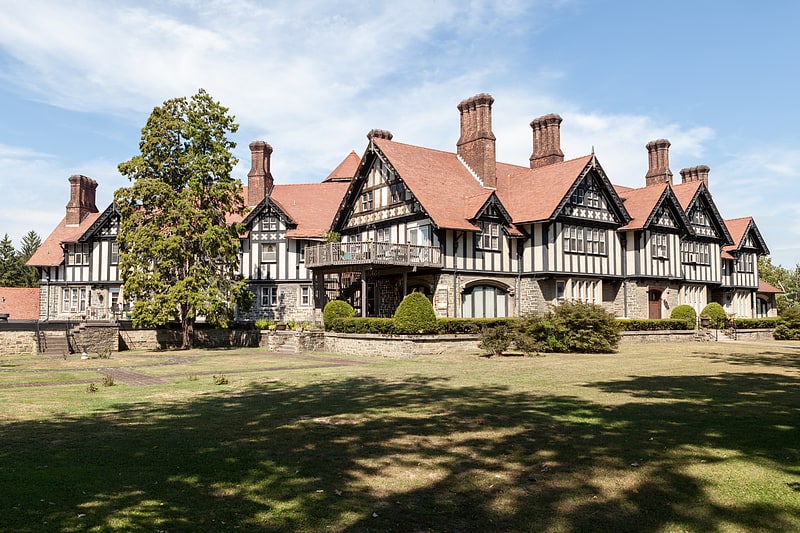
Funeral home in Fairmont, West Virginia. High Gate is an historic residence located at 800 Fairmont Avenue in Fairmont, West Virginia.
The High Gate house and carriage house were built ca. 1910-1913 by Fairmont industrialist and financier, James E. Watson, son of the "father of the West Virginia coal industry," James O. Watson. Designed by Philadelphia architect Horace Trumbauer, the stable and the adjacent mansion remain fine example of Tudor revival architecture with half-timbering, stucco wall cladding and clay-tiled-roofs—an academic style based upon late Medieval English prototypes that was common among suburban domestic architecture in the United States in the early-20th-Century.
Although still uncommon prior to World War I, Tudor Revival became an immensely popular style during the 1920s and 1930s. High Gate is clearly a product of the early infusion of the Tudor style, as well as the opulence of the wealthy of the early 20th-Century.[6]
Masonic Temple
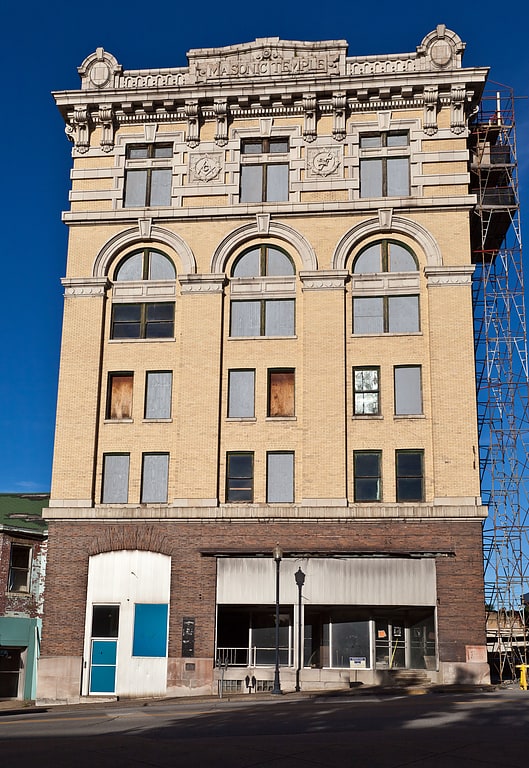
The Masonic Temple is a historic building located at Fairmont, Marion County, West Virginia. It was designed by the Baltimore architectural firm Baldwin & Pennington, built in 1906–1907, and is a large, five-story, three bay mixed use commercial building with a mezzanine, a balcony, a partial sixth floor and a full basement. It measures 55 feet wide, 109 feet deep, and 90 feet high. The buildings has a steel and reinforced concrete structure and is faced in beige brick with extensive terra cotta detailing. The building was commissioned by Fairmont Lodge No. 9, and is in the Beaux-Arts style.
It was listed on the National Register of Historic Places in 1993.[7]
Fleming–Watson Historic District
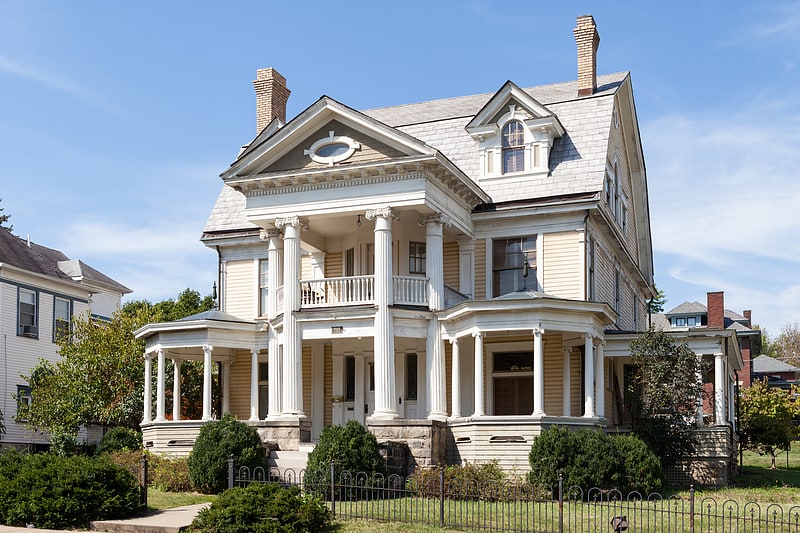
The Fleming–Watson Historic District comprises 365 buildings and 1 structure of architecture significance on 84 acres in Fairmont, West Virginia. It is in two irregular sections separated by a ravine, approximately bounded by Fairmont Avenue, Second and Fay Streets, Apple Crescent, Green and Emerson Streets, Coleman Avenue, Ninth Street, and Outlook. High Gate, the James Edwin Watson House, also listed on the National Register of Historic Places, is located in the district.
The district contains a variety of the architectural styles that were common from 1850 to 1951. It was listed on the National Register of Historic Places in 2001.[8]